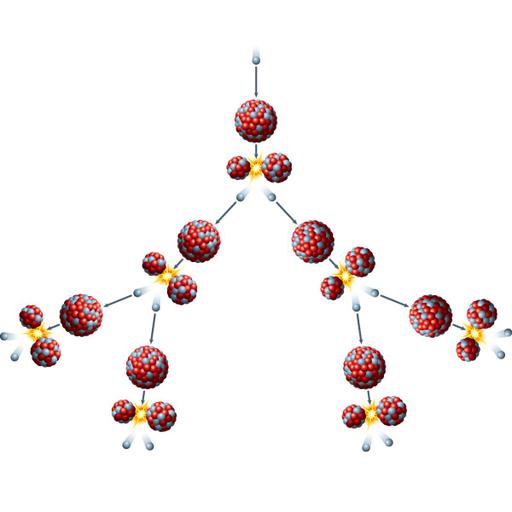Nuclear Fission Reactor
Presentations | English
A nuclear reactor is driven by the splitting of atoms, a process called fission, where a particle (neutron) is fired at an atom, which then fissions into two smaller atoms and some additional neutrons. Some of the neutrons that are released then hit other atoms, causing them to fission too and release more neutrons. This is called a chain reaction. The fissioning of atoms in the chain reaction also releases a large amount of energy as heat. The generated heat is removed from the reactor by a circulating fluid, typically water. This heat can then be used to generate steam. These are used at nuclear power plants for electricity generation and in nuclear marine propulsion. Heat from nuclear fission is passed to a working fluid (water or gas), which in turn runs through steam turbines. These either drive a ship's propellers or turn electrical generators' shafts. Read on to get more informative materials on this topic.

9.25
Lumens
PPTX (37 Slides)
Nuclear Fission Reactor
Presentations | English
